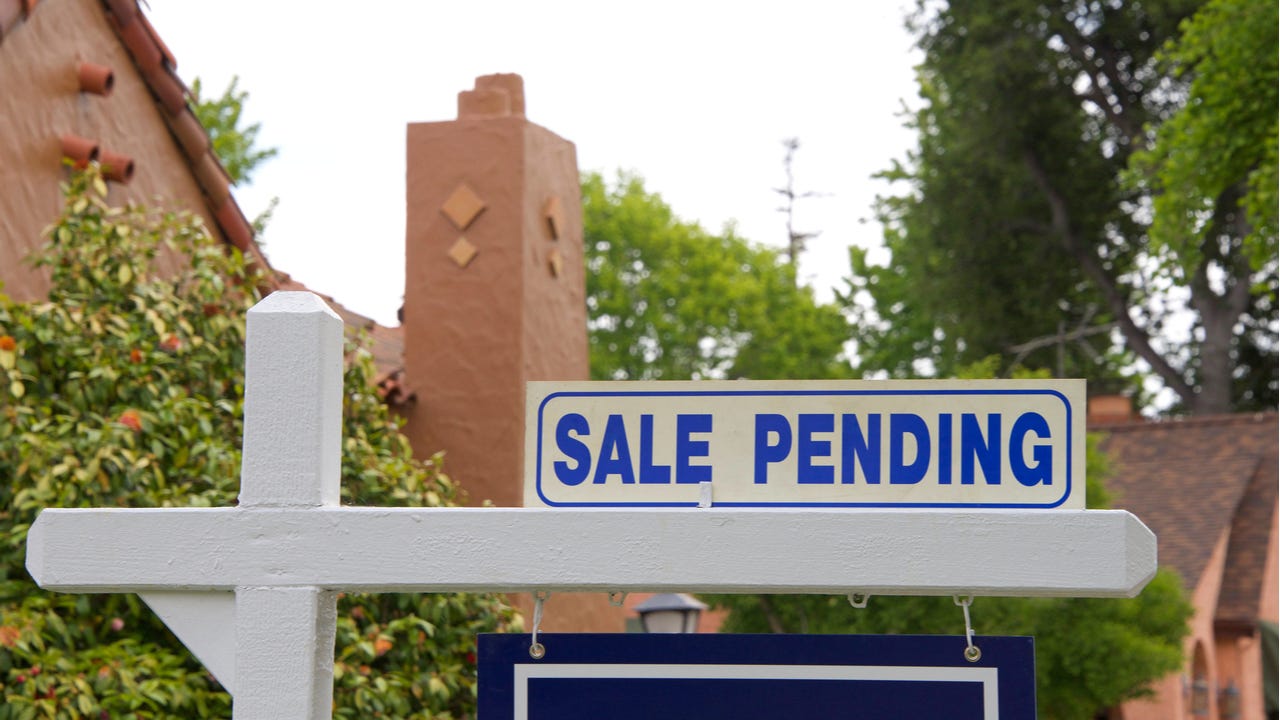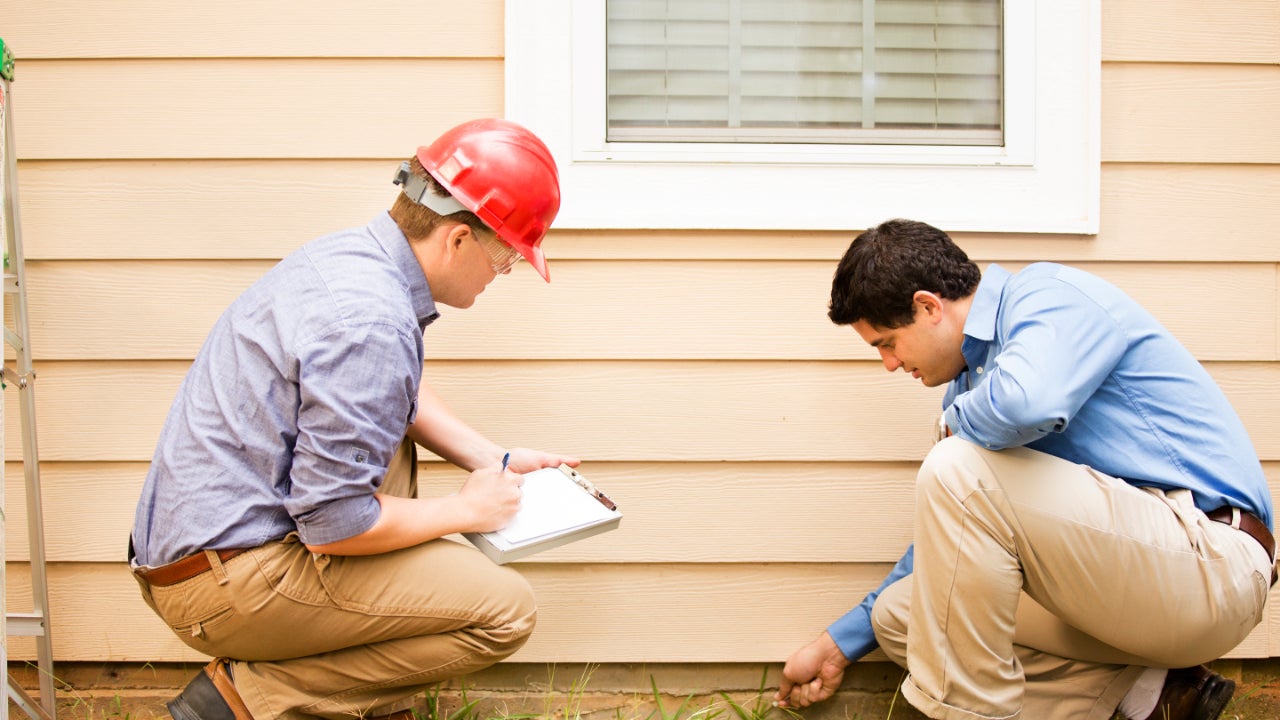Decoding a home inspection report: What’s included and what to look for

When you’re spending a large chunk of money on a home, it’s wise to make sure you know exactly what you’re getting into. That’s why a home inspection plays a lead role in the real estate transaction.
But deciphering a home inspection’s findings can be tricky. If you’re in the process of buying a home, here’s what you can expect to see on the house’s inspection report, and what to watch for.
What’s in a home inspection report?
Once you’ve made an offer on a home and the seller has agreed to it, a certified, licensed home inspector will take a look at the property. The inspector will create a report about its condition, and any issues that could affect its safety or value.
“Your inspection report is going to be quite thorough, covering a wide range of systems and components in the home,” explains Nick Gromicko, founder of the International Association of Certified Home Inspectors (InterNACHI), based in Boulder, Colorado.
If the inspector uncovers any issues in the home or on the property, those will be explained in the report, likely with photos of the problem, Gromicko says. Think of the home inspection report as an opportunity to find out about any potential problems with a property.
Typical things a home inspector looks at
Here are what parts of the home, at minimum, you can expect to be evaluated by a home inspector, according to InterNACHI. These will be included in most home inspection reports:
- Exterior, including the siding or other covering material; eaves and soffits; doors and windows; driveways, stairs or steps and walkways; deck or porch; drainage, grading and retaining walls
- Roof, including the material it’s made of, chimneys, gutters and skylights
- Basement, foundation and structure
- Attic and any crawlspaces, including insulation and ventilation
- Ventilation in bathrooms, kitchen and laundry room
- Electrical, HVAC and plumbing systems
- Interior, including doors, windows, landings and stairs
- Fireplaces
- Garage doors
A home inspector may assess other areas beyond this list, so you might also see mention of the appliances in the kitchen, for instance. All of these details serve to inform you, the buyer, and can help you determine whether you’d like to proceed with the purchase — especially if major issues crop up.
What a home inspection report looks like
To get an idea of what a home inspection report might look like, see InterNACHI’s home inspection report samples.
Red flags to watch for in a home inspection report
A red flag spotted in the home inspection can help you avoid a potential money pit. Water damage is a big one: “Water is not just an issue of things getting wet; water causes mold, and that is a health issue,” Gromicko notes. Here are some red flags to watch out for:
- Water intrusion: “Inspectors need to be on the lookout for evidence of previous flooding and roof leaks, or an indication that a flood or leak is likely to happen,” explains Bonnie Heatzig, a real estate agent with Douglas Elliman in Boca Raton, Florida. “Look for stains on the ceiling or floor. [Likewise] in states susceptible to earthquakes, check for cracks in the foundation, walls and ceilings.”
- Previous storm damage: Consider also whether the area you’re buying a home in is prone to natural disaster or intense storms, and what the resulting damage has been or may be in the future. Don’t hesitate to ask the seller if there were insurance claims related to storm damage, and, if so, get copies of these claims and any other paperwork documenting subsequent repairs.
- Pest infestation: Unwelcome critters in the home can be expensive to get rid of, and potentially damaging.
- Electrical issues: Electrical problems are often expensive to repair — but it’s crucial to do so, because an electrical issue could lead to a fire.
How to negotiate repairs
Once you receive the home inspection report, go over it in detail with your real estate agent and, ideally, a real estate attorney. Don’t be afraid to ask the inspector about anything that needs clarification.
Look into the repair costs for each item spotted by the inspector. The inspection typically won’t reveal how much it would cost to repair a problem — it’s usually up to you to find a contractor and get estimates. A high-tech real estate service like Repair Pricer, which can translate an inspection report into an itemized list of prices, can help you estimate repair costs.
If major problems reveal themselves, your agent or attorney can negotiate with the seller to make repairs before closing, even if you’re in a seller’s market and don’t necessarily have the upper hand. Your agent or attorney can help you with negotiations and advise you on the best strategy.
“If you uncover issues that concern you during the inspection, there are easy ways to resolve most issues,” Heatzig says. Solutions include “negotiating a seller concession to the buyer, holding a portion of the proceeds in an escrow account to be used post-closing to rectify any problems and, if necessary, delaying the closing until the issues are resolved.”
Bottom line
A home may look flawless on the surface, so it’s important to give the home inspection report its due and really understand all of the information in it. Knowing what you’re buying, and negotiating repairs if possible, can help you avoid costly surprises later on, and give you realistic expectations.
“Our inspectors have, at times, found so many defects in a house that the repairs would cost more than the sale price of the entire home,” says Gromicko.
“You don’t want to purchase a lemon,” adds Heatzig. “Nothing would be more devastating than spending a lot of your savings and committing to a mortgage only to encounter issue after issue once the keys are in your hands.”
You may also like







